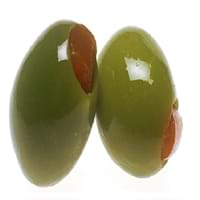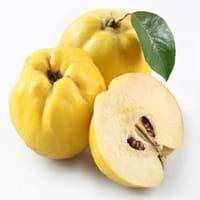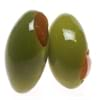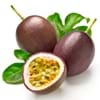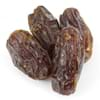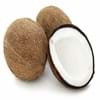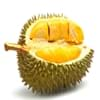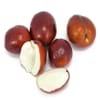Health Benefits
Cancer prevention, Helps in cartilage regeneration, Prevents macular degeneration, Treatment of alzheimer's disease
Cancer prevention, Cures gastro-intestinal troubles, Reduces nervous tension, Ulcer prevention
General Benefits
Anti oxidant properties, Anti-inflammatory properties, Boosts immune system, Controls blood pressure, Digestive aid, Maintains healthy cholesterol level
Anti oxidant properties, Anti-inflammatory properties, Boosts immune system, Controls blood pressure, Digestive aid, Eye care, Helps in weight loss, Improves blood circulation, Maintains healthy cholesterol level
Skin Benefits
Hydrates skin, Skin rejuvenation, Treatment of skin diseases
Anti-aging benefits, Reduces wrinkles
Hair Benefits
Acts as moisturizer, Good conditioner, Regulates hair growth
Regulates hair growth
Side Effects
Affects blood glucose levels, Dizziness, Stomach pain
Allergic reaction
Best Time to Eat
Hardly eaten raw, Olive oil is consumed for many purposes.
As a snack in the late afternoon, Don't consume at night and before bed, Eat the fresh ones, avoid mixing with any other foods, don't eat after meal., Morning time (before lunch)
Vitamin B5 (Pantothenic Acid)
Vitamin C (Ascorbic Acid)
Vitamin E (Tocopherole)
Not Available
Vitamin K (Phyllochinone)
Not Available
Lutein+Zeaxanthin
Not Available
Calories in Fresh Fruit with Peel
Calories in Fresh Fruit without Peel
Not Available
Not Available
Calories in Frozen Form
Not Available
Not Available
Calories in Canned Form
Not Available
Type
Tree fruit
Tree fruit
Season
Spring, Summer
Winter
Varieties
Manzanillo, Sevillano, Mission, Ascolano, Barouni, Gordal, Rubra and Picholine
Meech’s Prolific, Lusitanica, Champion and Vranja AGM
Color
Black, Green, Purple, Yellow
Green, Yellow
Origin
Eastern Mediterranean Region
Iran, South-West Asia, Turkey
Soil Type
Well-drained
Loam, Well-drained
Climatic Conditions
Warm to hot climate
Warm
Facts about
- In ancient Greece, 1st eye shadow was made by adding olive oil in ground charcoal.
- The most expensive form of olive oil is Extra Virgin.
- Largest type of olive tree is known as donkey tree & smallest one is called bullet.
- Due to its strong & fruity aroma, brides consumed quince to ensure "perfumed lips".
- It is also called as ‘Pear of Cydonia’, being native to Caucasus and Iran.
- They call it as the ‘golden apple’ of Greek Mythology.
Top Producer
Spain
Turkey
Other Countries
Algeria, Egypt, Greece, Italy, Morocco, Portugal, Syria, Tunisia, Turkey
Algeria, Argentina, Azerbaijan, China, Iran, Morocco, Serbia, Spain, Uzbekistan
Top Importer
United States of America
United States of America
Top Exporter
Italy
Argentina
Botanical Name
Olea europaea
Cydonia oblonga
Synonym
Not Available
C. vulgaris
Subkingdom
Tracheobionta
Tracheobionta
Division
Magnoliophyta
Magnoliophyta
Class
Magnoliopsida
Magnoliopsida
Species
O. europaea
C. oblonga
Difference Between Olive and Quince
We might think that Olive and Quince are similar with respect to nutritional value and health benefits. But the nutrient content of both fruits is different. Olive and Quince Facts such as their taste, shape, color, and size are also distinct. The difference between Olive and Quince is explained here.
The amount of calories in 100 gm of fresh Olive and Quince with peel is 115.00 kcal and 57.00 kcal and the amount of calories without peel is Not Available and Not Available respectively. Thus, Olive and Quince belong to and category.These fruits might or might not differ with respect to their scientific classification. The order of Olive and Quince is Lamiales and Rosales respectively. Olive belongs to Oleaceae family and Quince belongs to Rosaceae family. Olive belongs to Olea genus of O. europaea species and Quince belongs to Cydonia genus of C. oblonga species. Beings plants, both fruits belong to Plantae Kingdom.
